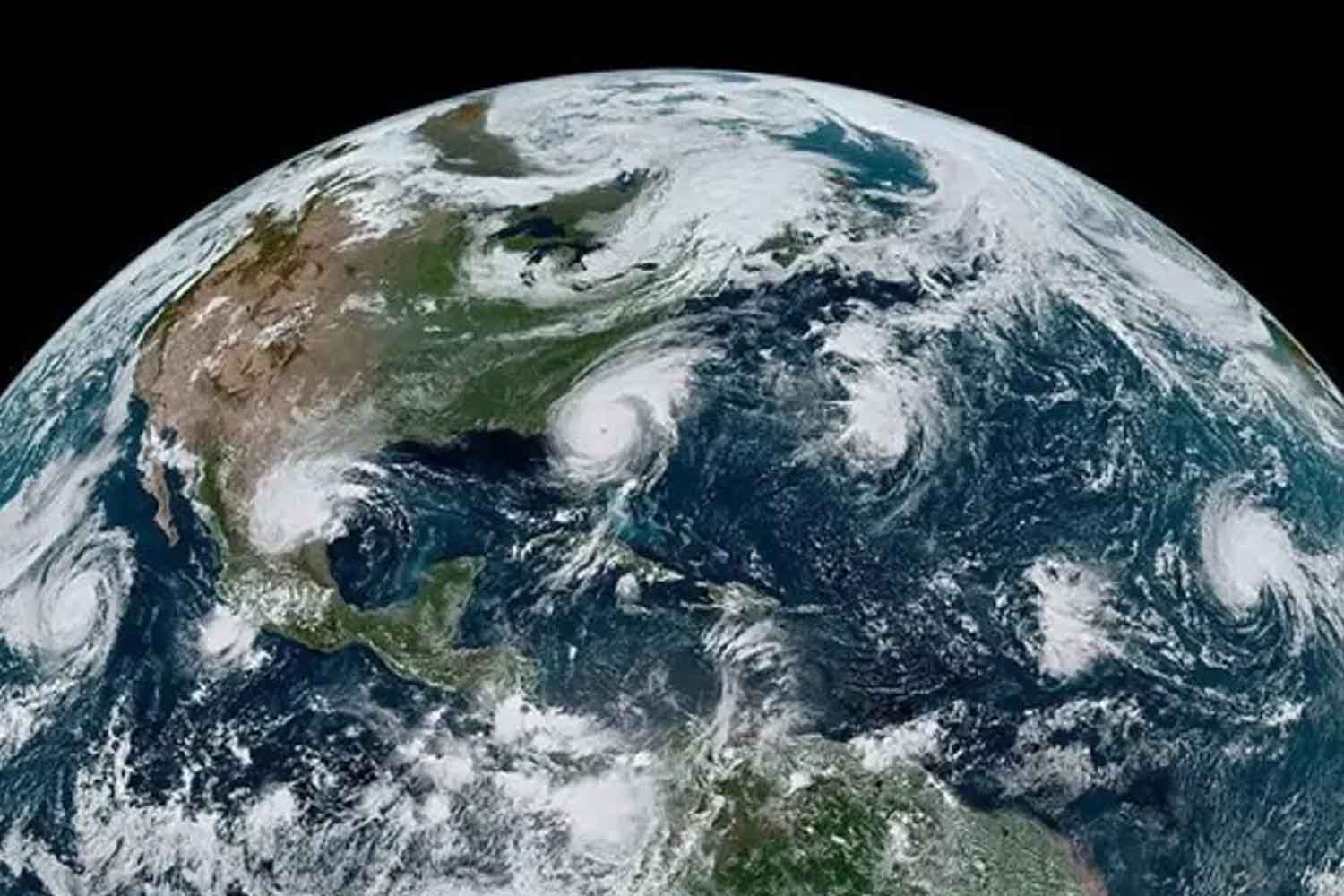Hurricane season is breaking records with extremely powerful phenomena: understanding how to measure their strength helps us predict the future, but the impact of climate change suggests even more devastating hurricanes are on the way

©NASA Earth Observatory
In less than two weeks, five hurricanes have formed—a number typically seen in a whole year. Among them is Hurricane Helene, the deadliest to hit the U.S. mainland since Hurricane Katrina, and Milton, the world’s strongest tropical cyclone this year. As Floridians grapple with the devastation in their state, one wonders: Could the next hurricane be even worse?
Defining the “Most Powerful” hurricane
Before determining what storm constitutes the strongest, let’s first define what is meant by “most powerful”. Generally speaking, there are two main ways that hurricane intensity is measured: by barometric pressure—where a lower pressure equates to a stronger storm—or by using the Saffir-Simpson Hurricane Wind Scale. The latter metric is doubtless more familiar; for example, you might have heard that Hurricane Milton went from Category 1 to Category 5 in only 12 hours, which freaked out a lot of meteorologists. But what does that really mean?
The Saffir-Simpson Scale, which ranges from one to five with five being the most powerful type of hurricane, was developed in the late 1960s by consulting engineer Herbert Saffir and Robert Simpson, then-director of the National Hurricane Center. Initially, the scale accounted for additional factors such as storm surge and flooding, but since 2009, it is based solely on peak sustained wind speed.
The strongest hurricane on record
When it comes to the storms that have the lowest barometric pressure, one would be surprised as to which holds the record. Typhoon Tip is the third super typhoon of the 1979 Pacific typhoon season and is the largest tropical cyclone on record. It persisted for 20 consecutive days in October of that year and reached a record low pressure of 870 hPa.
Tip caused widespread damage, primarily in Japan, but at a time when it already had passed its peak intensity. It reached maximum one-minute sustained winds of 190 mph, which made it among the most intense typhoons recorded. But incredibly, that is not the record for the highest wind speed, going to Hurricane Patricia that reached 215 mph in 2015.
Strongest possible hurricane
In theory, there is a limit to how fast hurricane winds can blow, but that number isn’t fixed. It’s dependent on stuff like ocean temperature relative to cloud tops, wind shear, and atmospheric heat. While the theoretical limit may be at about 200 mph, some experts say we could have even stronger hurricanes by the end of the century. This is a forecast based on climate change, making hurricanes stronger today than they have ever been.
Some people have proposed extending the SSHWS to higher categories like Category 6 or even Category 7, which could serve as a sort of wake-up call for the policymakers on climate change regarding the consequences of their policies for hurricanes.
Fonte: PNAS
